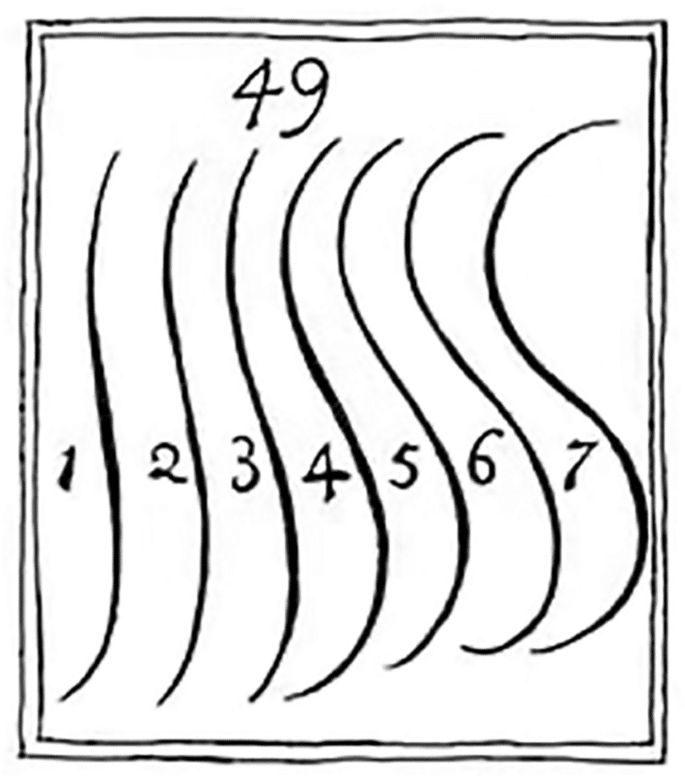The environments we inhabit, whether natural or built, significantly impact our health, resilience, and motivation. However, there’s a noticeable decline in the aesthetic quality of living spaces. This loss is not just an architectural concern but reflects a broader socio-cultural-political issue. It mirrors a decline in cultural and traditional values here and globally and affects our capacity for democratic cohesion and meaningful interaction. This erosion also severely weakens the consensus principle of democracy, which, in order to function, must be more than a meeting of conflicting individual sensitivities and subjective opinions.
The cement of democratic societies, according to Philosopher C. Taylor, is the ability to go beyond one’s own situational interests and to consciously align one’s own identity with collective values as a pathway to higher coherence between different interest groups. It’s fairly easy to see this is a quality often missing in today’s political dialog and negotiations.
The beauty in our everyday lives, in the structures we inhabit and the spaces we traverse, is not just a matter of visual pleasure. Architects, planners, and designers play a crucial role in reversing this trend. It’s about creating environments that nurture our individual and collective spirits and offer transformative power. Not just in aesthetic terms but as a fundamental human need that shapes the understanding of each other and our interactions in profound ways.







